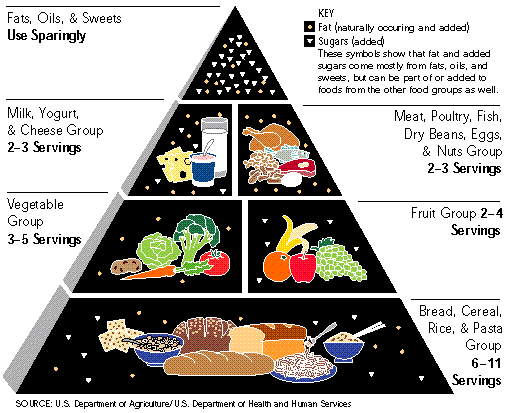Allergy Background
A child is at higher risk for food allergies if one or more close family members have allergies or allergy-related conditions, like food allergies, eczema, or asthma.
Causes
In a true food allergy, your immune system mistakenly identifies a specific food or component of food as a harmful substance. Your immune system triggers certain cells to produce immunoglobulin E (IgE) antibodies to fight the culprit food or food component (the allergen). The next time you eat even the smallest amount of that food, the IgE antibodies sense it and signal your immune system to release histamine and other chemicals into your bloodstream. These chemicals cause a range of allergic signs and symptoms. Histamine is partly responsible for most allergic responses, including dripping nose, itchy eyes, dry throat, rashes and hives, nausea, diarrhea, labored breathing and even anaphylactic shock. Food intolerances and other conditions: Not food allergies
Other reactions to food don't involve your immune system or, consequently, the release of histamine. These reactions aren't true food allergies. Instead, they may be food intolerances. Because food intolerances may involve many of the same signs and symptoms as food allergies do - such as nausea, vomiting, cramping and diarrhea - people often confuse the two. Watching For Allergic Reactions
New foods, no matter where they come from, should be introduced one at a time for several days. As your baby's digestive tract is still developing they may have reactions to new foods. Watch your baby closely for allergic reactions.
What Are the Most Common Food Allergens?
The American Academy of Allergy, Asthma, and Immunology estimates that up to 2 million, or 8%, of children in the United States are affected by food allergies, and that eight foods account for most of those food allergy reactions in kids: eggs, fish, milk, peanuts, shellfish, soy, tree nuts, and wheat.
Cow's milk (or cow's milk protein)
Between 1% and 7.5% of infants are allergic to the proteins found in cow's milk and cow's milk-based formulas. About 80% of formulas on the market are cow's milk-based. Cow's milk protein allergy (also called formula protein allergy) means that the infant (or child or adult) has an abnormal immune system reaction to proteins found in the cow's milk used to make standard baby formulas.
Eggs
One of the most common food allergies in infants and young children, egg allergy can pose many challenges for parents. Because eggs are used in many of the foods kids eat - and in many cases they're "hidden" ingredients - an egg allergy is hard to diagnose. Most kids with an egg allergy are allergic to the proteins in egg whites, but some can't tolerate proteins in the yolk.
Fish and shellfish
The proteins in fish can cause a number of different types of allergic reactions, including a gastrointestinal reaction that leads to diarrhea and vomiting. Children can also have skin reactions to fish causing itching and dryness. Fish allergy is also one of the more common adult food allergies and one that children don't always grow out of.
Peanuts and tree nuts
Peanuts are one of the most severe food allergens, often causing life-threatening reactions. About 1.5 million people in the United States are allergic to peanuts (which are not a true nut, but a legume - in the same family as peas and lentils). Half of those allergic to peanuts are also allergic to tree nuts, such as almonds, walnuts, pecans, cashews, and often sunflower and sesame seeds.
Soy
Like peanuts, soybeans are legumes. Soy allergy is more prevalent among babies than older children; about 30% to 40% of infants who are allergic to cow's milk are also allergic to the protein in soy formulas.
Wheat
Wheat proteins are found in many of the foods we eat - some are more obvious than others. As with any allergy, an allergy to wheat can happen in different ways and to different degrees. Although wheat allergy is often confused with celiac disease, there is a difference. Celiac disease is caused by a permanent sensitivity to gluten, which is found in wheat, oat, rye, and barley. It typically develops between 6 months and 2 years of age and the sensitivity causes damage to the small intestine. Some foods, because they cause choking or are otherwise potentially harmful, should stay off limits for all children under 3.

 Introduction To Of Some Lower Cholesterol Foodstuffs
Cholesterol is a fat-like element contained in the physique
Introduction To Of Some Lower Cholesterol Foodstuffs
Cholesterol is a fat-like element contained in the physique
 Starting Up An Aquaponics Set Up From See The Easy Way
Planting seeds in your aquaponics system can be a lot simpl
Starting Up An Aquaponics Set Up From See The Easy Way
Planting seeds in your aquaponics system can be a lot simpl
 The Simplest Way To Lessen Your High Cholesterol By Natural Means
High-cholesterol is a major variable inside the countrywide
The Simplest Way To Lessen Your High Cholesterol By Natural Means
High-cholesterol is a major variable inside the countrywide